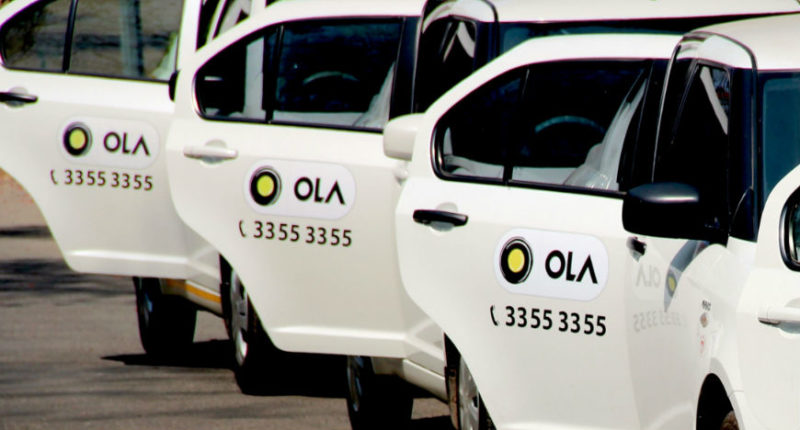In a bid to overcome the supply crunch for drivers and to offer them better visibility into their earnings, India’s homegrown cab aggregator Ola is now adopting standardised driver commissions and is moving away from an incentive-driven model.
This driver commission rejig comes at a time when the government is also looking to regulate cab-hailing commissions and surge pricing and cap them to a certain limit. The company is also making a strong push towards leasing business to cater to new high-margin categories such as corporate, self-drive and scooter rentals.
Ola has been standardising commissions it charges drivers at 25 percent to offer predictability of income to its driver partners. The commission excludes taxes levied by states. It was earlier relying on a mix of fixed and incentives-driven payment model but now reserves just up to 5 percent of earnings to give back to drivers as incentives, which is a sharp cut from previous years.
Although the company is rejigging commission structure, there’s some uncertainty over regulations in the sector as the government’s upcoming policy could also regulate commission structure.
According to multiple media reports, the Indian government is planning to cap commissions earned by cab aggregators to 10 percent of the fare for each ride. The govt. is also considering a limit on the surge price charges at twice or 2x the base fare as per demands from customers.
The two leading cab aggregators in India — Ola and Uber have been fighting to get more market share, their biggest issue has been keeping supply of drivers consistent as incentives keep sliding down. There have been multiple protests by driver partners across the country as they have seen their earnings reduce by half when compared with the launch period of these services. Ola and Uber offered heavy commissions to drivers during launch phase, resulting in highly inflated driver incomes. As incomes now get corrected due to profitability and sustainability pressures on the companies, drivers have started to feel the heat.
Ola, which claims to have about two million active drivers on its platform, is reportedly planning to make an aggressive push to onboard more drivers this month. The company’s revenue rose 16% to ₹2,155 crore for 2018-19. Uber on the other hand made a $9.3Mn profit from its India operations last year.





